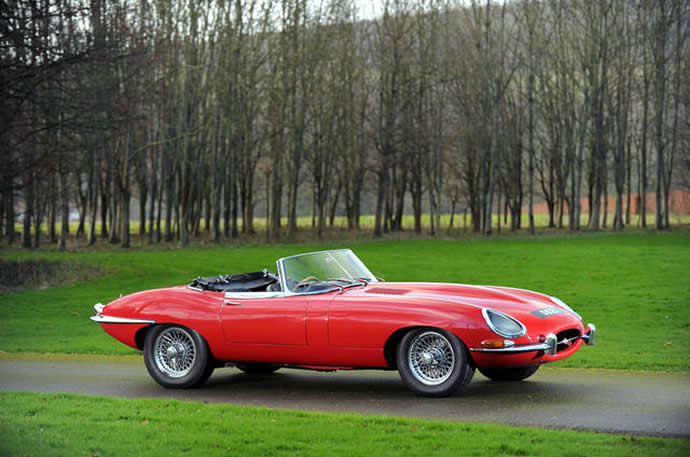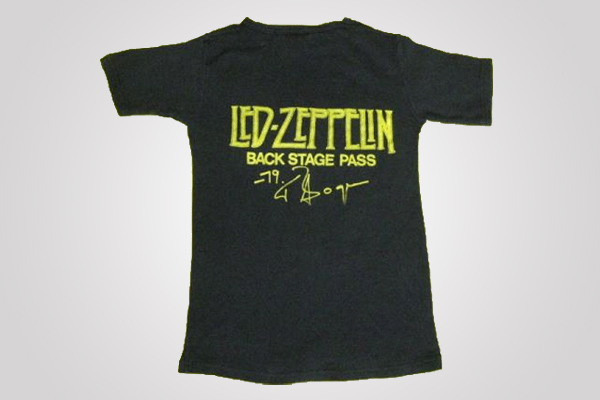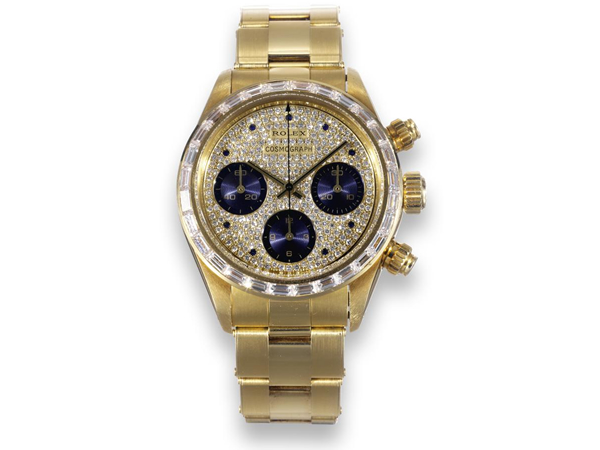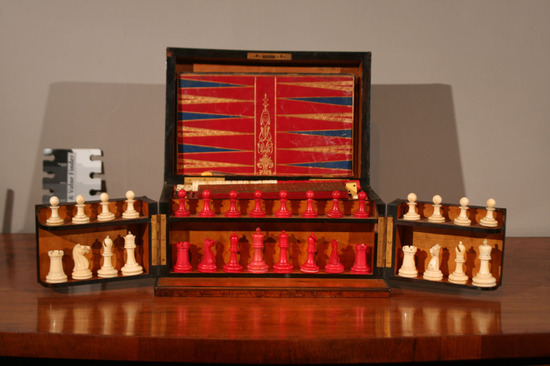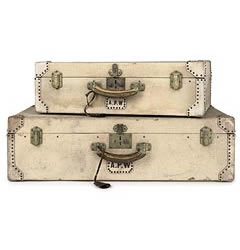Try luxury never goes out of style. Whether you’re looking to add a vintage car to your collection, or securing an older flagship model for a fraction of the cost, there’s great value to be had in many older vehicles.
We’ve compiled the most important steps you simply cannot overlook when adding older luxury cars to your collection.
Choose Based on Taste, Not Profit
It’s not uncommon to buy vintage vehicles as assets to be sold off at a profit later. There’s nothing wrong with that — and certainly, good money to be had.
If recent events of 2020 have taught us anything, however, it’s that the economy is only ever one major setback away from disaster. You could be sitting on that vehicle for a very long time before you’re able to see any return on that investment.
For that reason, choose your vintage vehicle based on taste. Get something you like having on display or enjoy driving. There would be nothing worse than purchasing an investment vehicle you despised, only to be stuck with it indefinitely.
That way, if you can’t sell it, at least you can still enjoy it.
Conduct Your Research
You’ve found a car you like, it’s in good condition, and it’s a high-class brand — you’d pay anything for it, right?
Like any major purchase, try not to fall too deeply in love with the first car that catches your fancy. It’s a quick way to getting ripped off, even if it’s for your dream car.
When assessing the value of a vehicle, there are a few places to compare prices and set realistic expectations:
.Reputable auction house results from places such as Mecum and Barrett-Jackson
.Consult with local vintage car clubs and enthusiasts
.Compare with other private listings
You also want to do your research about the seller. If it’s a private seller, see if they have a history of selling other vintage vehicles (as is often the case). You’ll be able to ask around enthusiast groups and likely encounter someone who has dealt with them before. The same goes for any sort of dealership.
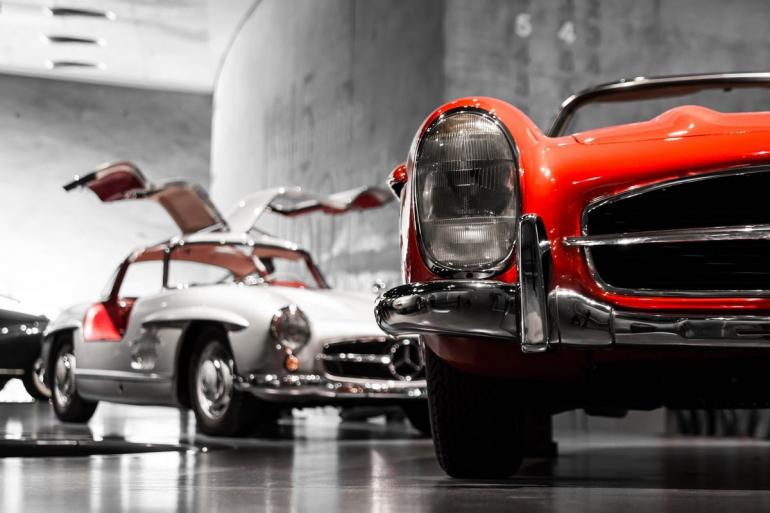
Have the Car Inspected By A Knowledgeable Technician
This can be one of the hardest things if you don’t know someone already.
When buying a new vehicle, you can be reasonably assured that any good mechanic will know how to deal with it. At the very least, you can go to the specific brand dealership and get technicians who specialize in that brand of car.
With vintage cars, it can be a bit trickier. Many common motoring standards only started appearing in the last 30-40 years or so. Older vehicles can be much more individualistic beasts.
Finding a technician who can work on a 1970s American muscle car may not help if you end up with a ‘70s British roadster. Make sure to source a technician who understands the particular era and type of car you’ve bought.
Beyond being able to give an expert opinion on the health of the car, said technician will be invaluable for any ongoing maintenance you may require in the future.
Collectible Car Insurance Is Not the Same As Regular Car Insurance
The second you drive a car off a lot, you take thousands of its resell value.
Yet a well-maintained classic car is worth more than it ever was new.
Regular auto insurance only covers the “book value” of a car. Over a certain age, that may only cover the salvage cost of the vehicle — significantly less than what you paid, or what it’s worth.
To ensure a car for its real value, you need collectible car insurance. These policies are surprisingly affordable, but come with many stipulations, such as
.It cannot be your “daily drive” vehicle. You must have a “daily drive” vehicle in your possession and registered before you can even try to get some collectible insurance.
.You can’t leave the car parked on the street.
.You must park the car in a secured garage, not on the driveway under a tarp.
The benefit to these policies, besides insuring the car for a higher value, is many will boost the insured value of the car over the life of the policy. This offsets the appreciation of the vehicle’s value, so it’s always insured for the correct amount.
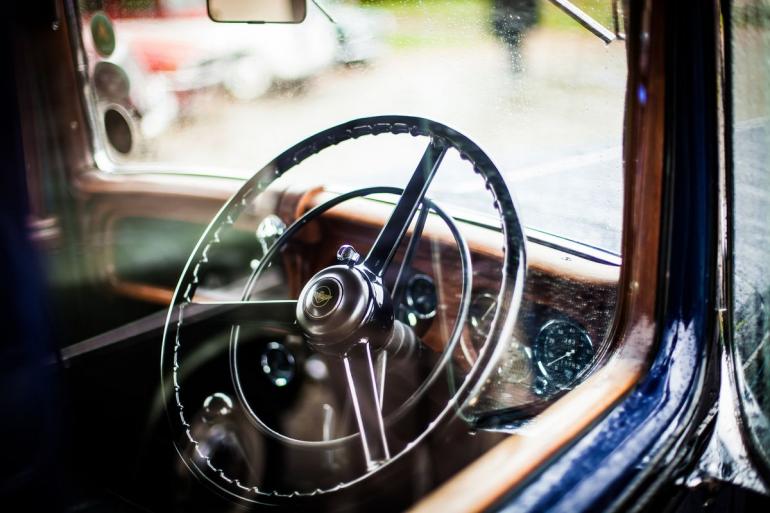
Check the Car’s History
When you buy a used vehicle, it’s always best to get a Revs Check Report of that vehicle. This report draws from the Personal Properties Security Register and gives vital information about a car, such as
.Make and model
.Chassis number
.Write-off history
.Stolen history
.Recall status
Write-off and stolen information are invaluable for vintage cars; you want to know if the car has been repaired after an accident, or if it’s being sold by the legitimate owner.
For vintage cars, however, you want to take it a step further. Authenticity is a big factor in the value of a vintage vehicle. You’ll want a paper trail that connects the seller all the way back to the manufacturer, such as
.Original window sticker
.Sales contract
.Owner’s manual and other car paperwork
.Copes if titles and bills of sale
These not only ensure authenticity but also add to the prestige of the vehicle and its ability to appreciate as an asset over time.

